30 высокочастотных терминов из области тканей
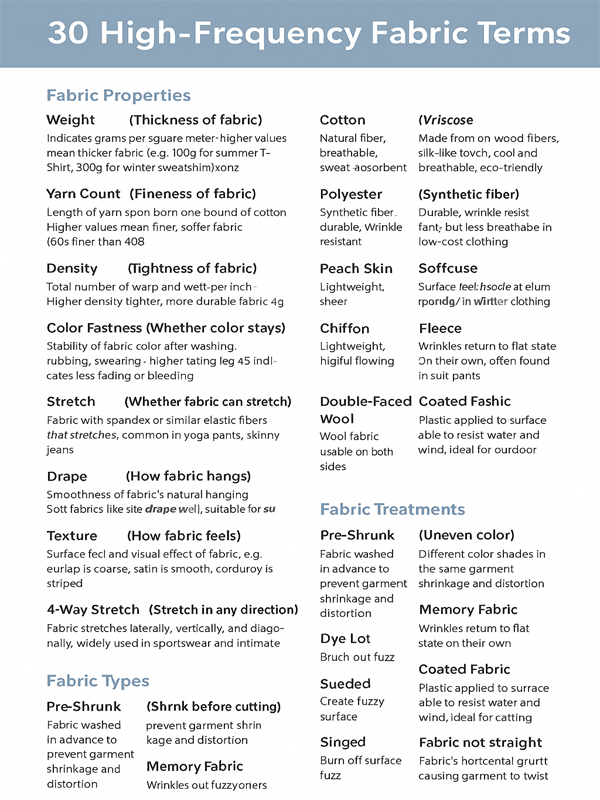
The professional level of this article is more detailed. It is estimated that the reading time will be longer: ~12 minutes
Введение
The textile and fashion industries use fabric terminology as their fundamental language which explains physical attributes together with material identities and manufacturing processes that establish fabric qualities including comfort characteristics and durability strength and visual appearance. These terms function to direct customers who buy clothing along with experts who create products. The article gathers 30 key fabric terms which include detailed descriptions together with historical backgrounds and practical guidelines for making better textile choices and design decisions.
Fabric Terminology Classification and Analysis
The arranged terminology includes physical properties and material types and processing techniques and quality issues which present a thorough explanation of their definitions together with applications.
Fabric Physical Properties
- Вес (Fabric Thickness)
- Definition: Weight expresses the mass of fabric material in square meters through its measurement in grams (g/m²) to indicate thickness and heaviness.
- Характеристики: Higher weight values represent thicker fabric materials with better warmth and durability yet lighter fabrics possess less thickness and better breathability. Summer T-shirts consist of 180 g/m² material but hoodies can contain fabric weights between 300 g/m² and above.
- Historical Context: The textile industry created fabric weight measurements as a standardized performance metric which now serves clothing and home textiles applications.
- Приложения: Lightweight fabrics work well for shirts and dresses that need to keep people cool in hot environments yet heavy fabrics perform best for coats and blankets.
- Practical Advice: When selecting fabric weight choose materials weighing under 180 g/m² for summer clothes and over 250 g/m² for winter warmth. Check the weight specifications on labels before purchase to select appropriate products.

- пряжа Count (Fabric Fineness)
- Definition: The yarn count measurement calculates the length of cotton yarn produced from one pound which results in counts such as 60s.
- Характеристики: The thickness of yarns increases with higher counts which produces fabrics that feel softer and have a smoother texture. The softness of 60s cotton exceeds 40s cotton yet its price remains higher.
- Historical Context: Yarn count standards developed during the 19th-century textile revolution, with high-count fabrics favored for aristocratic clothing.
- Приложения:During the 19th-century textile revolution yarn count standards were created as aristocratic clothing required high-count fabrics.
- Practical Advice: Select high-count materials for sensitive skin and formal events because they provide gentleness. The combination of affordability with durability makes lower thread counts suitable for casual clothing and outdoor activities.
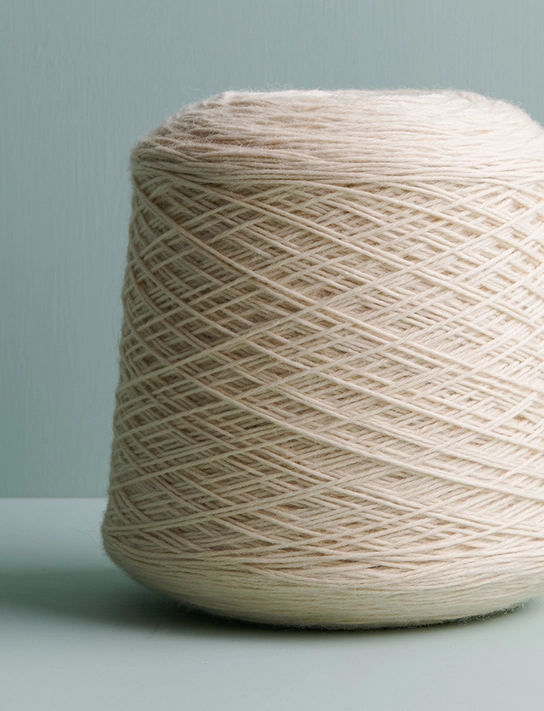
пряжа
- Density (Fabric Tightness)
- Definition: The total number of warp and weft threads per inch determines the fabric density which shows how tight the weave pattern is.
- Характеристики: Fabrics with high-density weave measuring at least 200 threads per inch provide excellent strength and wind protection for outdoor garments while fabrics with lower density provide better airflow suitable for summer wear.
- Historical Context: Density standardization evolved with advancements in industrial looms, with high-density fabrics used in military and luxury garments.
- Приложения: High-density cotton serves the market for bedding and shirts but low-density gauze functions well for baby clothing.
- Practical Advice: Check thread count for bedding or towels—higher counts (e.g., 400+) indicate quality. The perfect comfort level results from combining dense construction with adequate breathability.

Плотность
- Colorfastness (Color Durability)
- Definition: The measurement of fabric colorfastness evaluates how well colors persist during washing and rubbing together with light exposure and sweat exposure.
- Характеристики: The colorfastness scale rates from 1 to 5 where fabrics with 4-5 ratings show superior resistance against fading or staining. The low colorfastness rating leads to garments that tend to bleed or fade.
- Historical Context: Standardization of textile quality through colorfastness testing emerged during the early part of the 20th century to build consumer confidence.
- Приложения: The essential requirement of high colorfastness applies to children’s clothing and sportswear but disposable decorative items can use lower grades.
- Practical Advice: When selecting vibrant or dark-colored items choose fabrics with colorfastness ratings above 4. Wash separate items initially to stop color from moving between fabrics.
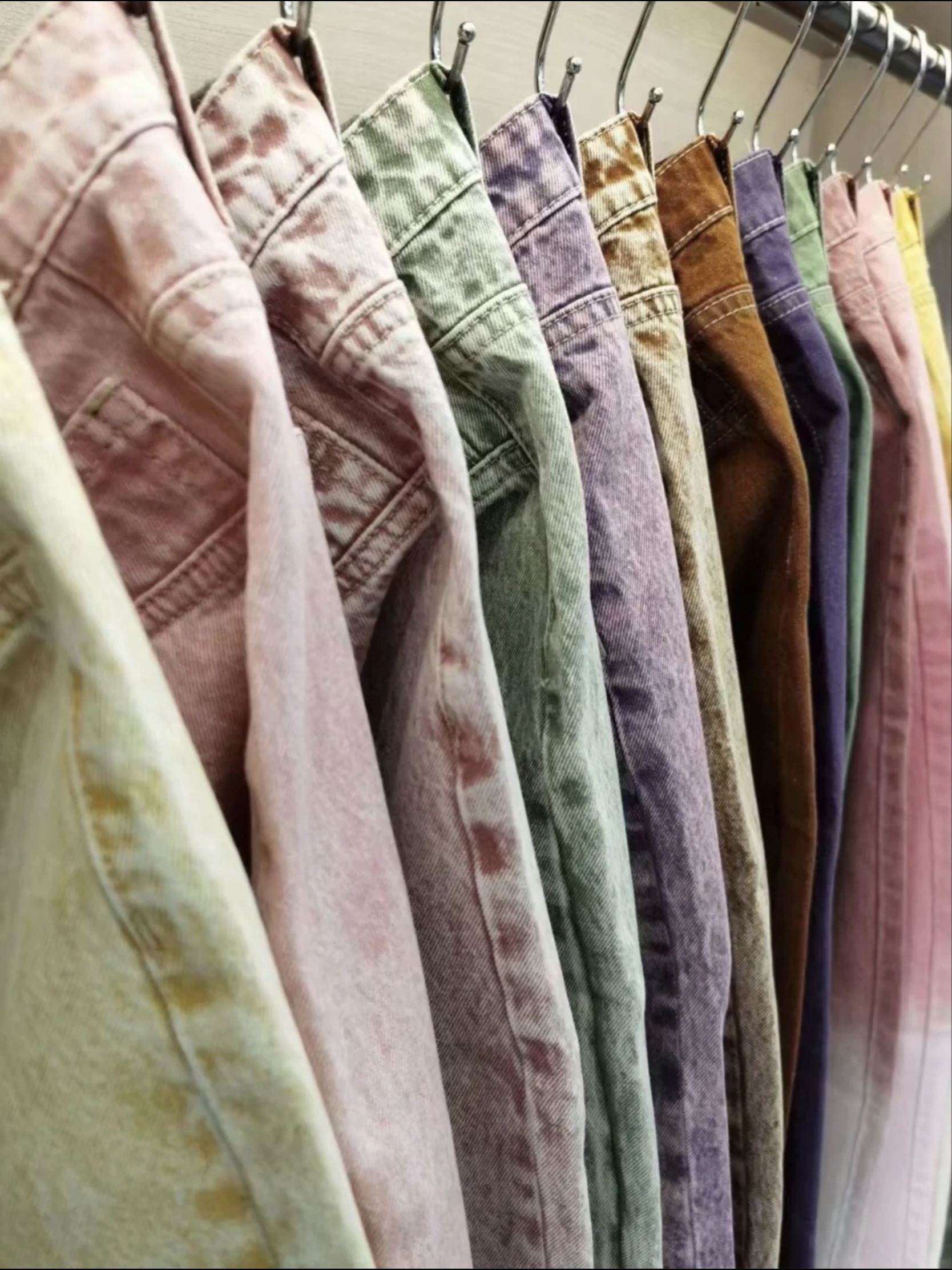
colored-denim
- Эластичность (Stretchability)
- Definition: The fabric’s stretch and recovery ability stems from spandex or elastic fibers which define the elasticity definition.
- Характеристики: The stretch capability of fabrics containing 2-5% spandex works well for body-hugging garments but fabrics with 10% spandex content function best in swimwear.
- Historical Context: DuPont developed Spandex in 1958 which transformed sportswear and fashion design through its elastic features.
- Приложения: Yoga pants together with skinny jeans and athletic undergarments depend on elastic fabrics.
- Practical Advice: Use moderate-stretch fabrics for better comfort and durability yet avoid excessive stretch since it leads to deformation. Cold washing machine cycles will help maintain fabric elasticity.

Кромка с низкой растяжимостью
- Drape (Fabric Flow)
- Definition: The natural way fabric hangs reveals its softness and flow characteristics which define drape.
- Характеристики: The elegance of structured garments emerges from high-drape fabrics (e.g., silk, chiffon) while low-drape fabrics (e.g., canvas) produce stiff results.
- Historical Context: During the Silk Road era people highly valued drape because fine silk fabrics maintained their fluid movement.
- Приложения: High-drape fabrics function well for dresses and curtains but low-drape fabrics work best for jackets and bags.
- Practical Advice: Choose high-drape fabrics for flowy dresses while selecting low-drape fabrics for tailored suits. Hold fabric against your body to evaluate its natural drop.
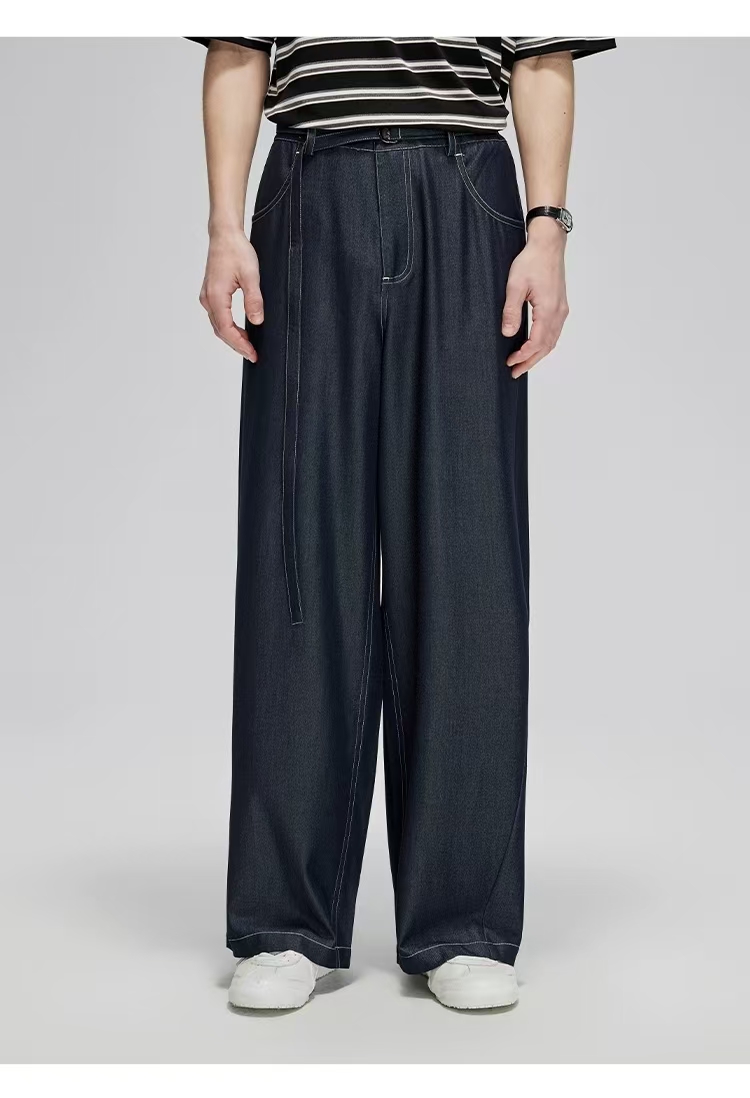
Drape (Fabric Flow)
- Texture (Surface Feel)
- Definition: The tactile sensation combined with visual surface qualities defines the fabric texture.
- Характеристики:The style and comfort of clothing depend on texture characteristics because burlap feels rough while satin is smooth and corduroy features ridges.
- Historical Context: The intricate craftsmanship of the Chinese Song dynasty emerges in textile design through texture development.
- Приложения: Formal attire benefits from smooth textures but rough textures work best for casual outdoor garments.
- Practical Advice: Choose smooth textures for professional events but select textured fabrics for casual clothing to create visual appeal. Check the fabric texture before you buy it.

- Four-Way Stretch (Multi-Directional Stretch)
- Definition: The fabric stretches equally in all directions including horizontal and vertical as well as diagonal directions which defines four-way stretch.
- Характеристики: The fabric contains 5-10% spandex content which produces excellent stretch properties for activewear.
- Historical Context:Performance apparel needs emerged during the late 20th century to introduce four-way stretch technology that delivers modern comfort and mobility requirements.
- Приложения: Four-way stretch fabrics appear in the production of sportswear together with swimwear and leggings.
- Practical Advice: Strong recovery properties must be present in fabrics to prevent sagging. A cold water washing cycle protects the stretch quality of the fabric.

Ткань, растягивающаяся в четырех направлениях
Fabric Material Types
- Pure Cotton (100% Cotton)
- Definition: The fabric type known as pure cotton consists of 100% cotton material.
- Характеристики: The fabric provides good airflow while being absorbent and gentle on skin yet it tends to wrinkle and shrink.
- Historical Context: Cotton cultivation in ancient Egypt evolved into a global textile standard during the 19th-century Industrial Revolution.
- Приложения: The production of pure cotton finds its way into various products such as T-shirts and underwear as well as bedding and baby clothes.
- Practical Advice: Washing pure cotton fabrics in cold temperatures followed by low heat drying will help prevent shrinkage. Pre-shrunk cotton provides better stability than non-shrunk cotton.
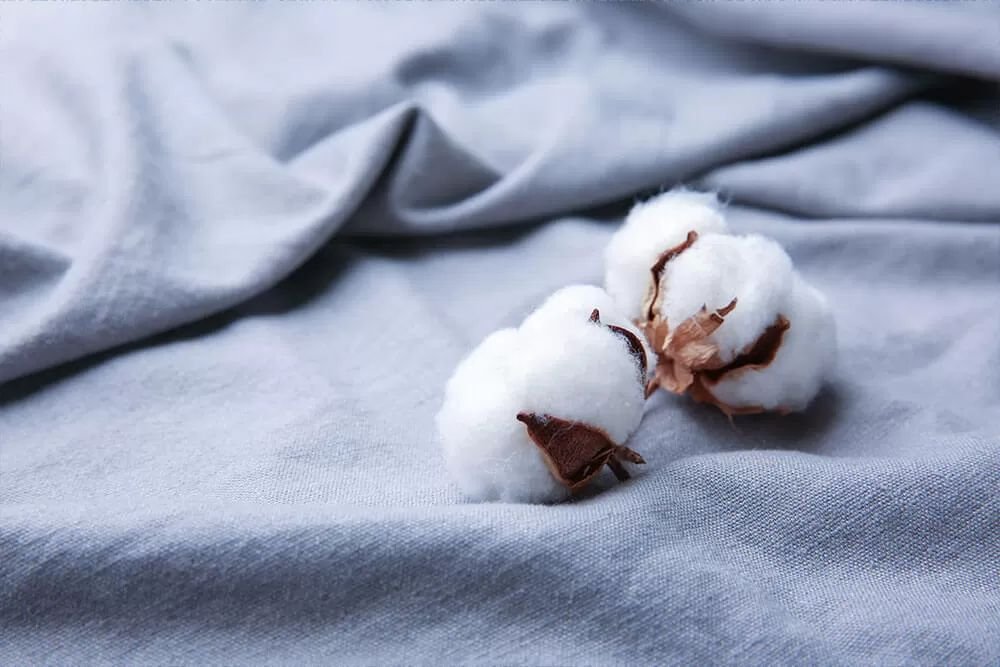
- Тенсель (Rayon,Lyocel)
- Definition: The semi-synthetic fiber known as Tencel (lyocell) originates from wood pulp cellulose.
- Характеристики: The fabric features silky properties along with breathability and moisture-wicking abilities and biodegradability with superior drape performance in warm climates.
- Historical Context: Lenzing introduced Tencel as a sustainable fashion hallmark during the 1990s.
- Приложения: The fabric Tencel appears in casual shirts as well as bedding items and towels.
- Practical Advice: Hand washing with gentle machine cycles will help maintain the sheen and softness of the fabric. High-heat drying should be avoided.
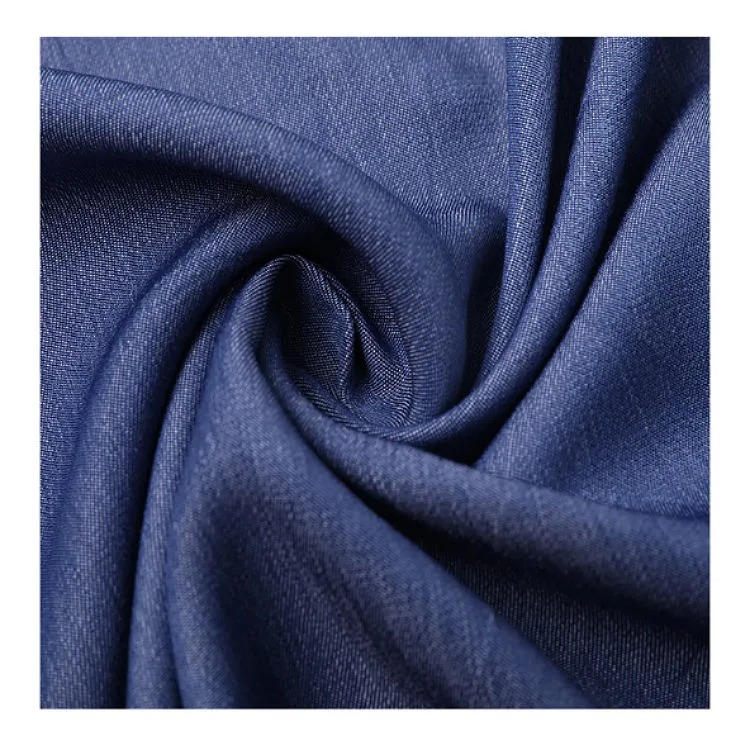
Джинсовая ткань Tencel
- Polyester (Synthetic Fiber)
- Definition: Polyester represents a synthetic textile material that derives its fibers from polyester production.
- Характеристики: The fabric maintains durability and resistance to wrinkles along with colorfastness yet its poor breathability causes heat-related discomfort.
- Historical Context: During the 1941 invention at DuPont polyester entered the market as a budget-friendly material that dominated mid-20th-century fashion.
- Приложения: The textile industry uses polyester to manufacture sportswear and shirts as well as jackets and curtains.
- Practical Advice: Select polyester blends with Tencel or cotton to achieve better ventilation properties in fabrics. The fabric is machine washable but high heat must be avoided to stop it from distorting.

Хлопок + Полиэстер + Спандекс Джинсовая ткань
- Peachskin (Peach-Skin Fleece)
- Definition: Peachskin fabric features a fine dense pile which creates a surface texture like peach skin.
- Характеристики: The fabric maintains light weight and warmth together with a matte finish which makes it suitable for fall and winter garments.
- Historical Context: Sportswear started using peachskin in the late 20th century before the material transitioned to mainstream fashion.
- Приложения: Peachskin material appears in multiple products including pajamas together with lingerie and jackets and loungewear.
- Practical Advice: The pile surface needs gentle washing for protection. The selection of high-density peachskin will provide superior durability.

Fleece
- Chiffon
- Definition: Chiffon is a lightweight plain-weave fabric which exists as polyester or silk material.
- Характеристики: This fabric exhibits airy movement and excellent drape while being prone to snags that need careful handling.
- Historical Context: The French origin of chiffon in the 19th century made it the symbol of sophisticated fashion in dresses.
- Приложения: Dresses along with scarves and blouses implement chiffon fabric to achieve a feminine look.
- Practical Advice: Sharp objects should be avoided because they cause snags on the fabric. The structure will remain intact through dry cleaning or hand washing.
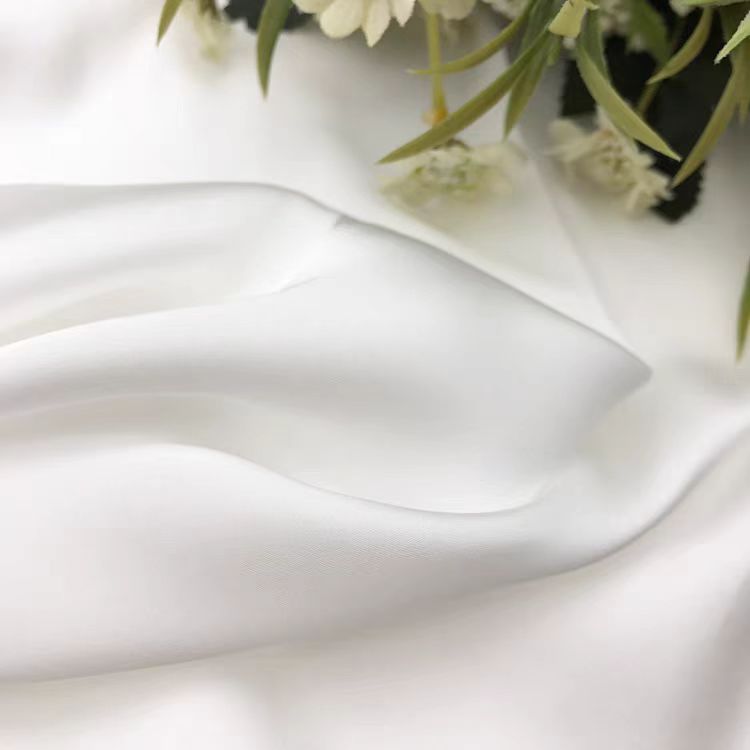
Chiffon
- Деним
- Definition: The main characteristic of denim is its strength as a cotton twill fabric which people use to make jeans.
- Характеристики: Rugged, versatile, available in raw, washed, or distressed styles.
- Historical Context: Denim originated in Nimes, France during the 1870s when Levi Strauss began using it for work clothes.
- Приложения: Denim serves as a key material for producing jeans as well as jackets, skirts and bags.
- Practical Advice:The decision between raw denim for vintage looks and washed denim for softness should be made before purchase. You should wash denim items in cold water to protect their color.
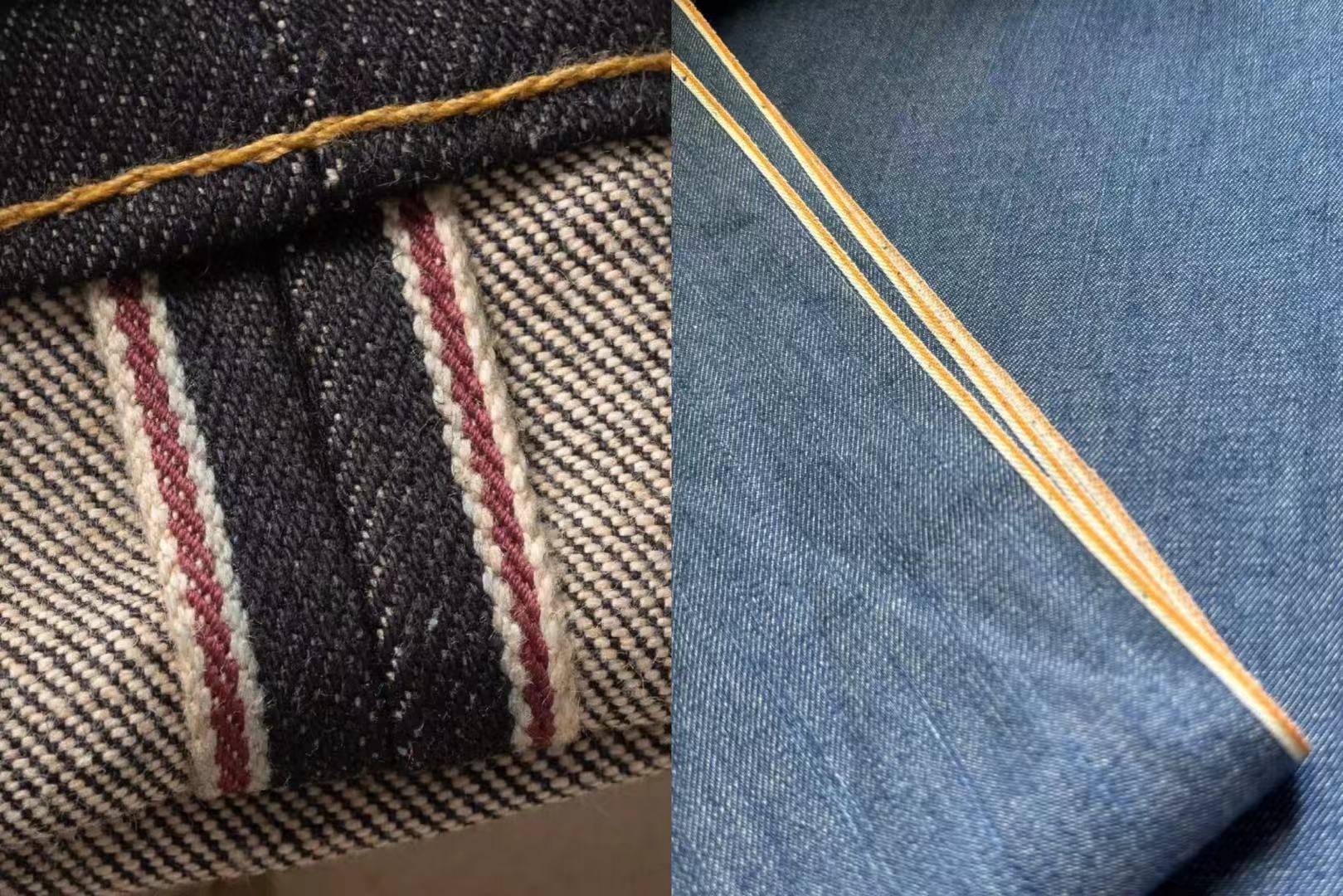
- Fleece (Velour)
- Definition: A synthetic fabric known as Fleece consists of small rounded balls that provide strong insulation properties.
- Характеристики: Soft, lightweight, and warm, a cost-effective alternative to shearling.
- Historical Context: The production of fleece started at Malden Mills in the 1980s before it emerged as a well-known fabric during winter months.
- Приложения: The fabric of fleece appears in jackets and sportswear items as well as blankets.
- Practical Advice: Washing machines can handle the fabric but heat drying should be avoided since it causes pilling. Selecting high-density fleece materials ensures better insulation properties.

Fleece
- Lace
- Definition: Lace is an openwork net fabric made from cotton, silk or synthetic materials while featuring intricate patterns.
- Характеристики: The fabric has a beautiful appearance but its delicate nature requires special care because it can easily get damaged.
- Historical Context: During the 16th century in Europe lace existed as an exclusive luxury craft until industrialization made it accessible to the general population.
- Приложения:Lace appears in lingerie as well as dresses and curtains to add a touch of femininity to these items.
- Practical Advice: Protect lace through use of a laundry bag or hand-wash it to avoid damage. The fabric should stay away from rough materials because they cause damage through snags.

Lace
- Ацетат
- Definition: Acetate is a semi-synthetic fiber made from cellulose, resembling silk.
- Характеристики: Lustrous, drapey, and wrinkle-resistant, offering a cost-effective alternative to silk.
- Historical Context: Developed in the 1920s, acetate gained popularity as a silk substitute in the mid-20th century.
- Приложения: Blouses, dresses, and linings use acetate.
- Practical Advice: Avoid high-heat ironing or drying to preserve sheen. Dry-clean for optimal care.
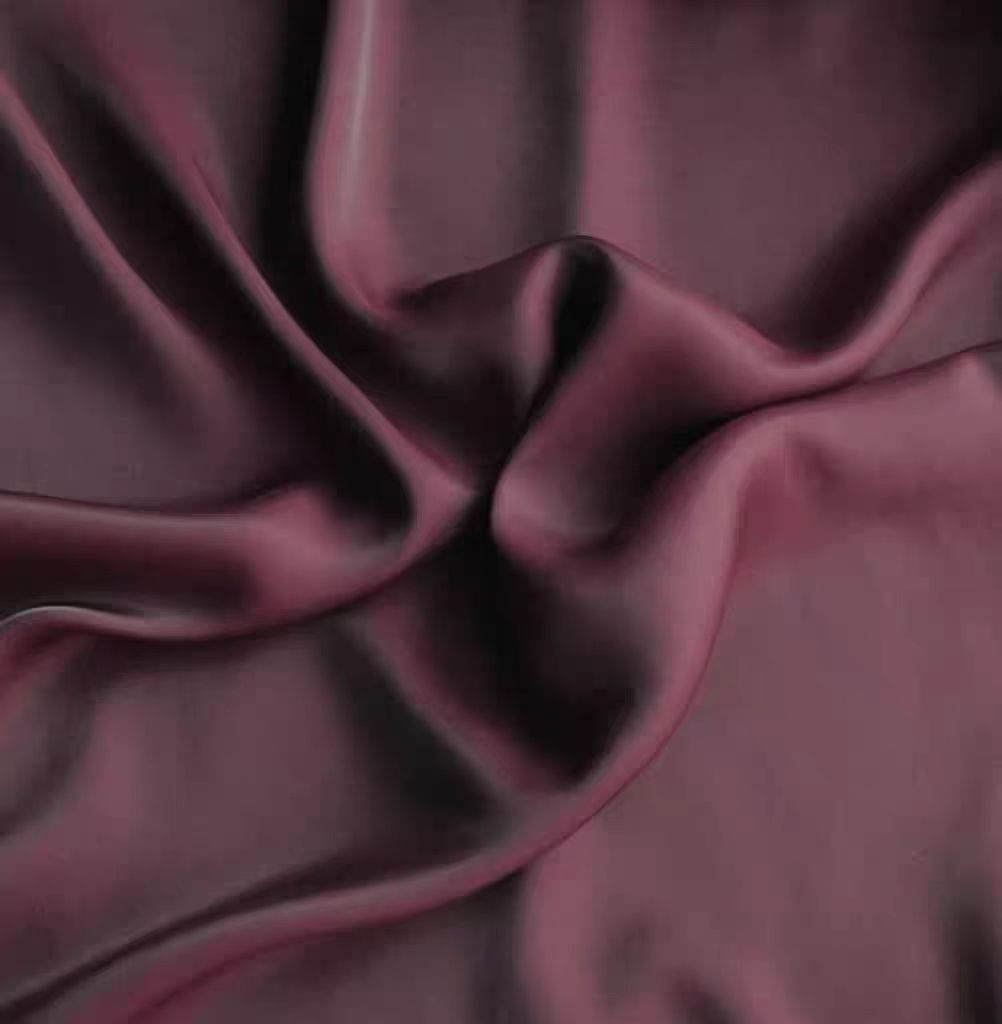
Ацетат
- Double-Faced Wool
- Definition: Double-faced wool is a wool fabric usable on both sides.
- Характеристики: Thick, warm, and luxurious, ideal for seamless high-end garments.
- Historical Context: Originating in European wool traditions, it became a staple for luxury coats in the 20th century.
- Приложения: Coats and jackets use double-faced wool.
- Practical Advice: Dry-clean to maintain shape and texture. Choose high-quality wool for superior warmth and durability.

Double-Faced Wool
Fabric Processing Techniques
- Pre-Shrunk (Pre-Washed Fabric)
- Definition: Pre-shrunk fabric is washed or treated before cutting to minimize shrinkage.
- Характеристики: Ensures garments maintain size stability after washing, enhancing wearability.
- Historical Context: Pre-shrinking became common in the early 20th century to address cotton shrinkage issues.
- Приложения: Cotton, linen, and blended fabrics often undergo pre-shrinking.
- Practical Advice: Choose pre-shrunk fabrics to reduce post-wash deformation. Follow care labels for washing instructions.
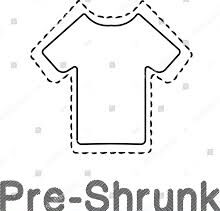
Pre-Shrunk
- Brushed (Raised Nap)
- Definition: Brushing creates a soft nap on the fabric surface through mechanical brushing.
- Характеристики: Enhances warmth and softness, ideal for cold-weather garments.
- Historical Context: Brushing originated in traditional wool processing and is now applied to polyester and cotton.
- Приложения: Flannel pajamas, blankets, and jackets use brushed fabrics.
- Practical Advice: Avoid excessive friction to prevent pilling. Wash gently to preserve the nap.
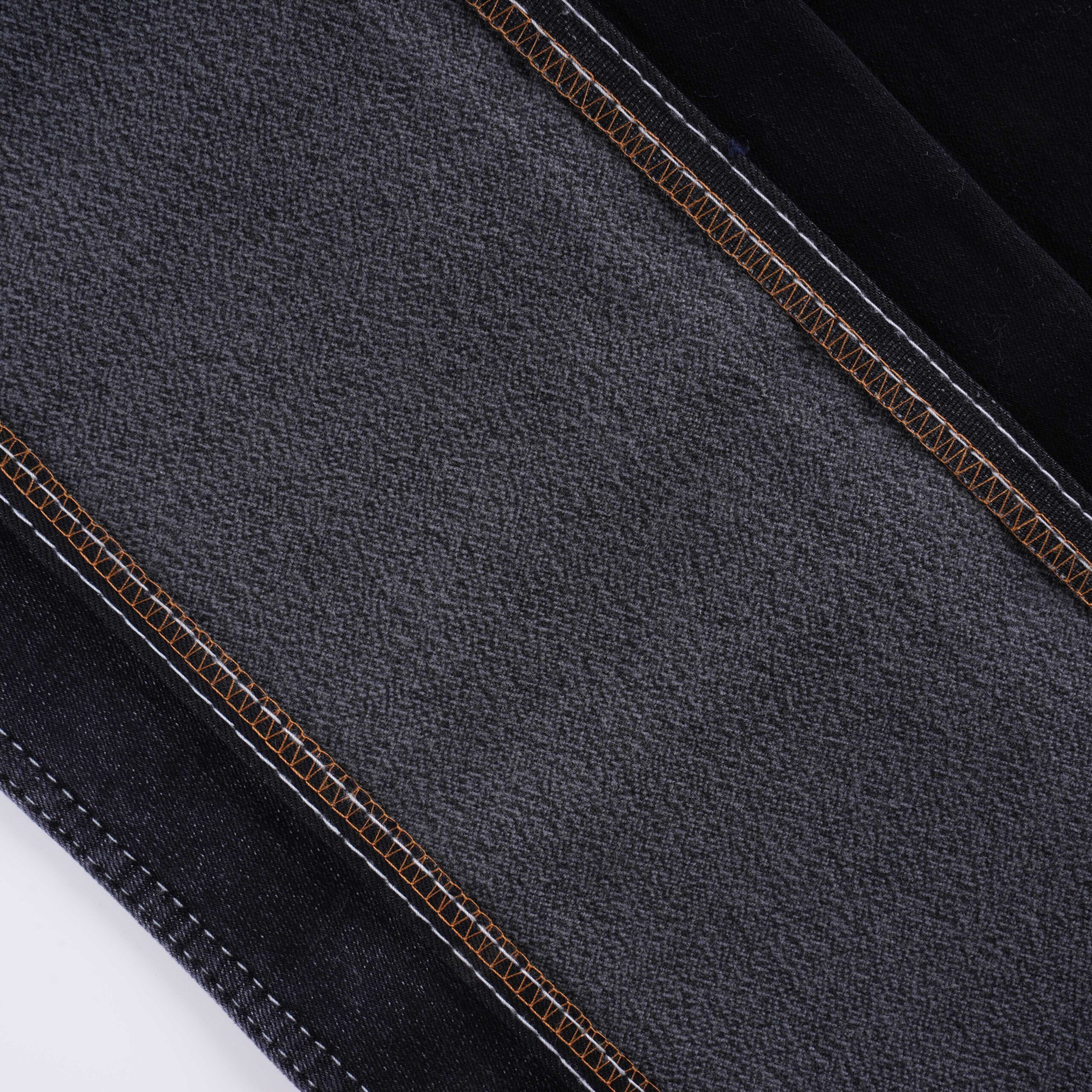
- Sueded (Sanded Nap)
- Definition: Sueding involves sanding the fabric surface to create a thin, velvety nap.
- Характеристики: Soft, matte, and warm, suitable for autumn apparel.
- Historical Context: Sueding developed in the mid-20th century to enhance cotton’s comfort.
- Приложения: Shirts, jackets, and loungewear use sueded fabrics.
- Practical Advice: Hand-wash or use low heat to protect the nap. Avoid high heat to prevent damage.
- Опаливание (Fuzz Removal)
- Definition: Singeing uses a flame to remove surface fuzz from fabrics.
- Характеристики: Creates a smoother, cleaner surface, reducing pilling and enhancing appearance.
- Historical Context: Singeing emerged in the late 19th century with industrial textile advancements.
- Приложения: Premium shirts, bedding, and curtains use singed fabrics.
- Practical Advice: Gently care for singed fabrics to maintain smoothness. Avoid rough washing to preserve the surface.
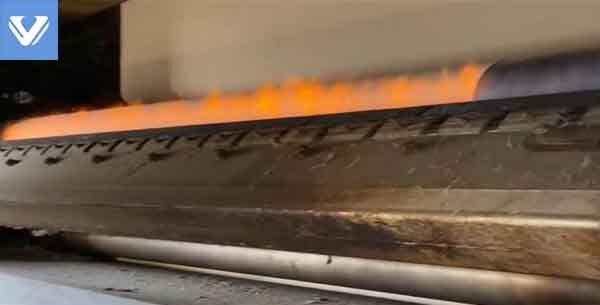
- Mercerized (Polished Cotton)
- Definition: Mercerization is a chemical treatment that gives cotton a silky sheen and strength.
- Характеристики: Glossy, colorfast, and wrinkle-resistant, ideal for premium textiles.
- Historical Context: Invented by a British chemist in the late 19th century, mercerization added value to cotton fabrics.
- Приложения: High-end T-shirts, shirts, and bedding use mercerized cotton.
- Practical Advice: Choose mercerized cotton for smooth, durable fabrics. Wash in cold water to preserve sheen.
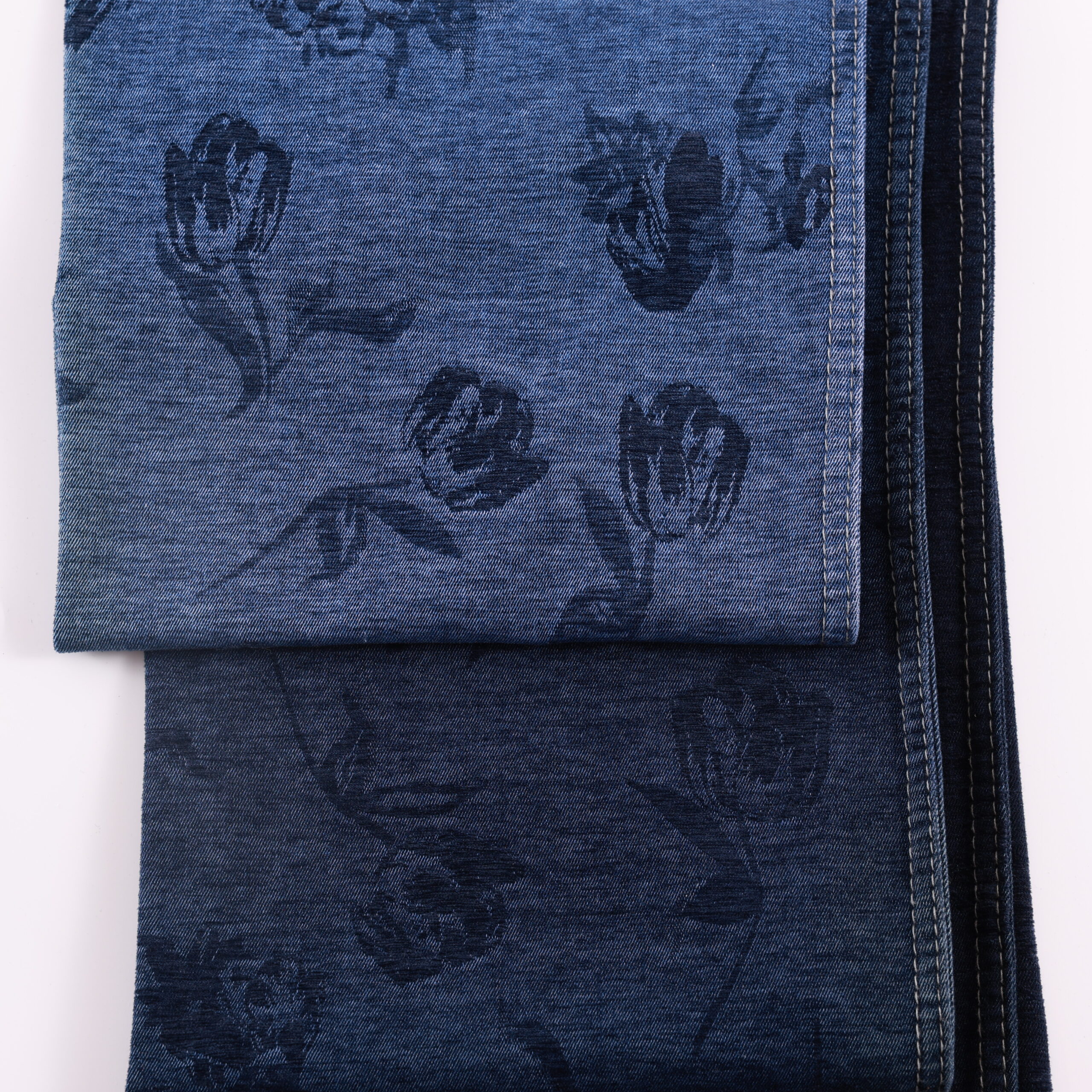
- Wrinkle-Resistant Cotton
- Definition: Wrinkle-resistant cotton is chemically treated or blended to reduce creasing.
- Характеристики: Remains smooth after handling, ideal for neat appearances.
- Historical Context: Developed in the mid-20th century to meet modern lifestyle demands for low-maintenance clothing.
- Приложения: Dress shirts, trousers, and travel clothing use wrinkle-resistant cotton.
- Practical Advice: Check treatment methods for breathability impact. Iron on low heat to maintain effects.

Wrinkle-Resistant Cotton
- Memory Fabric
- Definition: Memory fabric recovers its original shape after wrinkling, often with elastic fibers.
- Характеристики: Self-smoothing, suitable for low-maintenance garments.
- Historical Context: Developed in the late 20th century for professional and travel wear.
- Приложения: Suit pants, skirts, and jackets use memory fabric.
- Practical Advice: Choose memory fabrics with minimal spandex for balanced elasticity and durability. Avoid high-heat washing.

Memory Fabric
- Coated Fabric
- Definition: Coated fabric has a surface layer (e.g., PU or PVC) for water or wind resistance.
- Характеристики: Waterproof, windproof, and durable, ideal for outdoor use.
- Historical Context: Coating techniques began in the early 20th century for military gear, later adopted for civilian clothing.
- Приложения: Raincoats, umbrellas, and tents use coated fabrics.
- Practical Advice: Check coating type for durability and eco-friendliness. Clean regularly to maintain functionality.
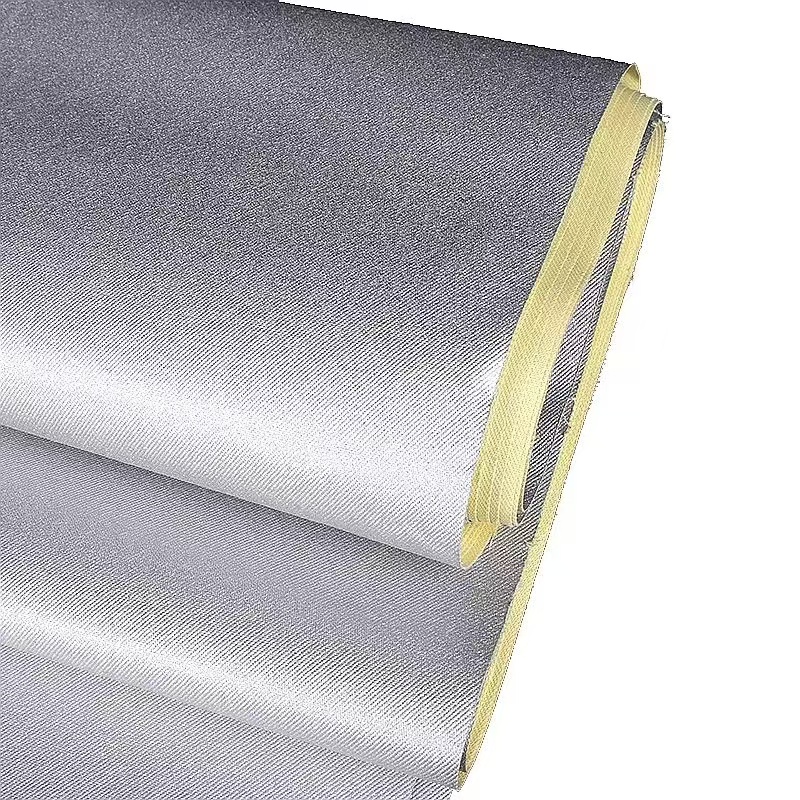
Coated Fabric
Fabric Quality Issues
- Color Difference (Inconsistent Colors)
- Definition: Color difference occurs when different parts of a garment have mismatched colors.
- Характеристики: Caused by uneven dyeing or poor quality control, affecting aesthetic consistency.
- Historical Context: Common in early industrial dyeing, modern quality checks reduce this issue.
- Приложения: Seen in low-cost clothing or complex patterned fabrics.
- Practical Advice: Inspect garments for color uniformity before purchase. Choose reputable brands to minimize risks.
- Batch Difference (Color Variation Across Batches)
- Definition: Batch difference refers to color variations between production batches.
- Характеристики: Results from dye formula or environmental changes, impacting multi-piece sets.
- Historical Context: Prevalent in early industrial dyeing, mitigated by modern standardized processes.
- Приложения: Common in bulk production or custom orders.
- Practical Advice: Request same-batch samples for large orders to ensure color consistency.
- Defects (Fabric Imperfections)
- Definition: Defects include holes, stains, loose threads, or lumps in the fabric.
- Характеристики: Affect appearance and durability, requiring removal before cutting.
- Historical Context: Defects have existed since hand-weaving, now minimized by mechanical inspections.
- Приложения: Common in low-cost or uninspected fabrics.
- Practical Advice: Examine fabrics closely before purchase. Check seams and surfaces for defects in finished garments.
- Weft Skew (Fabric Distortion)
- Definition: Weft skew occurs when a fabric’s horizontal lines are misaligned, causing distortion.
- Характеристики: Leads to twisting or uneven pleats in garments, affecting fit and appearance.
- Historical Context: Linked to weaving equipment precision, reduced by modern technology.
- Приложения: Seen in low-quality fabrics or complex patterns.
- Practical Advice: Check fabric weave alignment before cutting. Correct skew during pre-production to avoid garment distortion.
How to Apply These Terms?
These terms provide a scientific basis for textile selection and design:
- Seasonal Selection: Choose lightweight (under 180 g/m²) and drapey fabrics (e.g., chiffon, Tencel) for summer, or heavier (300 g/m² or more) and insulating fabrics (e.g., fleece, double-faced wool) for winter.
- Functional Needs: Opt for four-way stretch and elastic fabrics for sportswear, or wrinkle-resistant cotton and memory fabric for formal attire to maintain a polished look.
- Quality Assessment: Verify colorfastness, defects, and weft skew to ensure fabric integrity. Prioritize pre-shrunk or mercerized fabrics for superior quality.
- Budget and Sustainability: Polyester is cost-effective for budget-conscious choices; Tencel and organic cotton align with sustainable fashion trends.
Заключение
Mastering these 30 high-frequency fabric terms equips consumers and professionals with the knowledge to navigate the textile and fashion industries effectively. From weight to yarn count, from pure cotton to coated fabrics, these terms illuminate fabric performance and application potential, enabling informed choices in purchasing, design, and production. Whether prioritizing comfort, durability, or style, this glossary enhances textile expertise and supports high-quality, sustainable fashion decisions.
Услуги по настройке
📩 Contact: malone@lydenim.com
🌐 Website Fabric: www.lydenim.com
🛍️ Explore customization: Browse selections and get design inspiration on MyAlibaba.
🎨 Create your denim masterpiece with LYDENIM.
